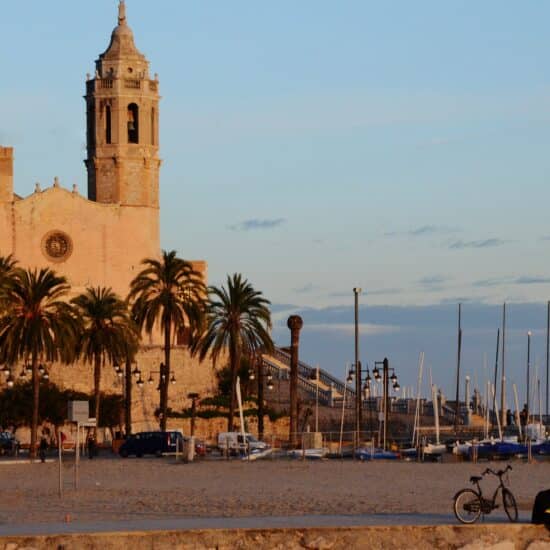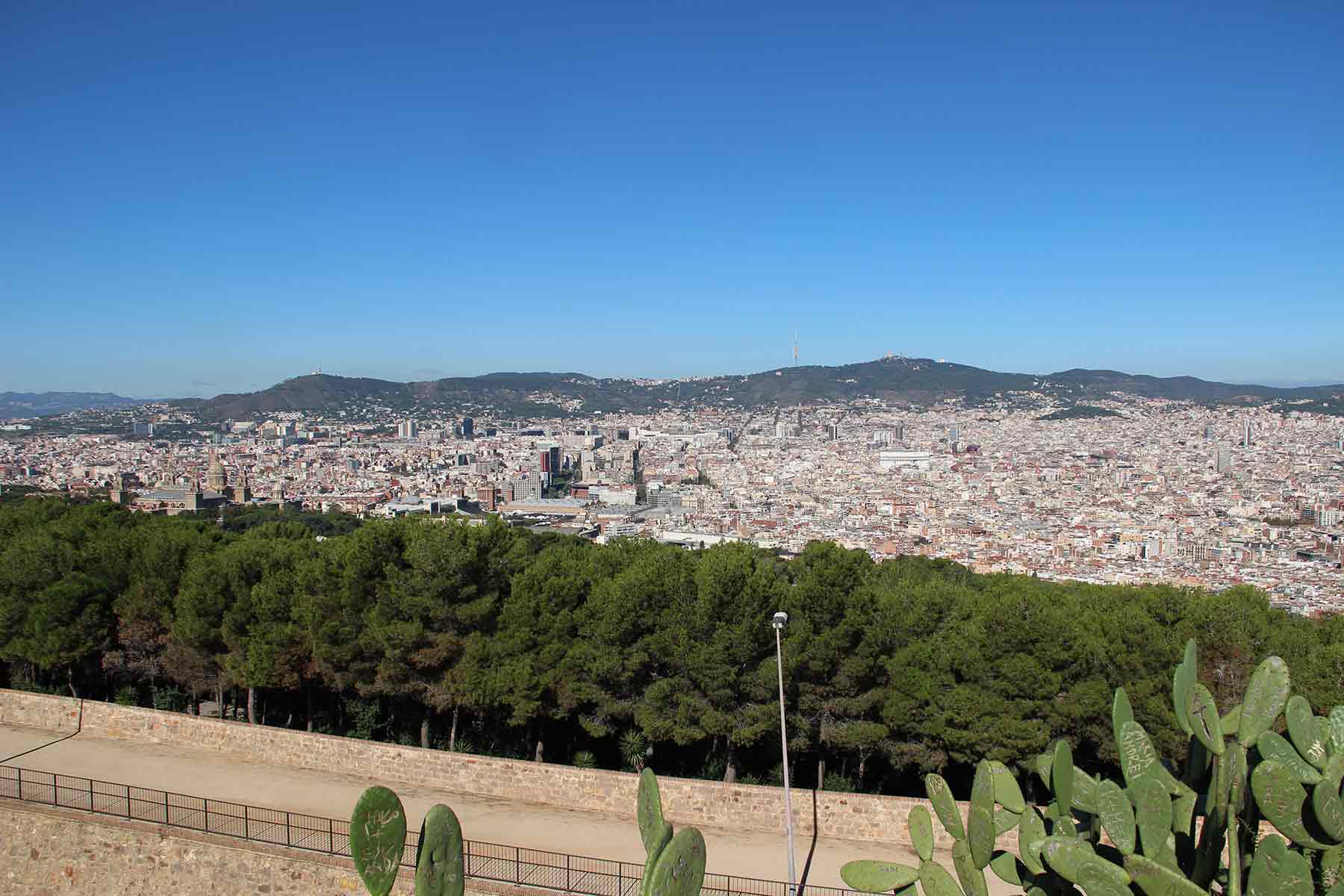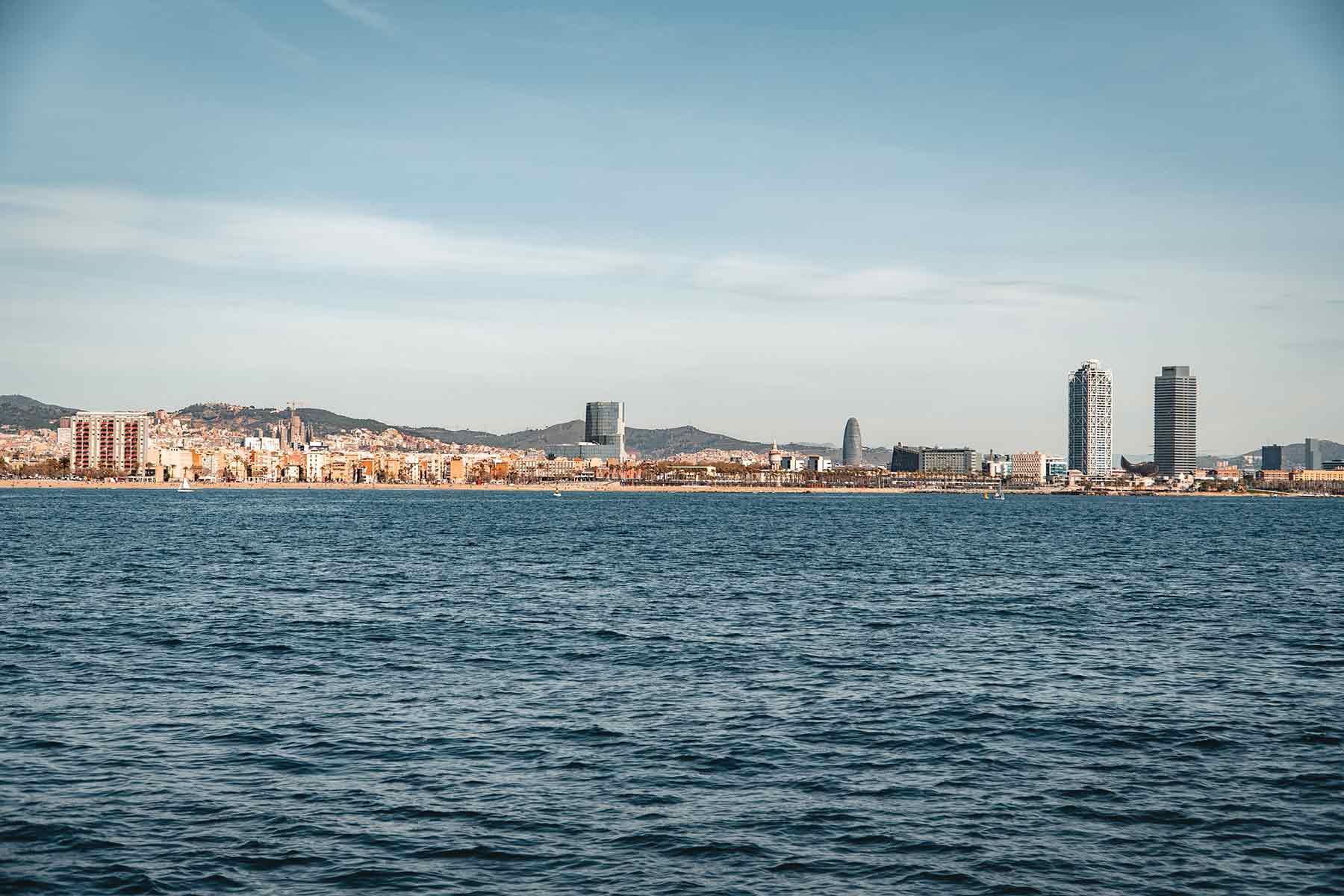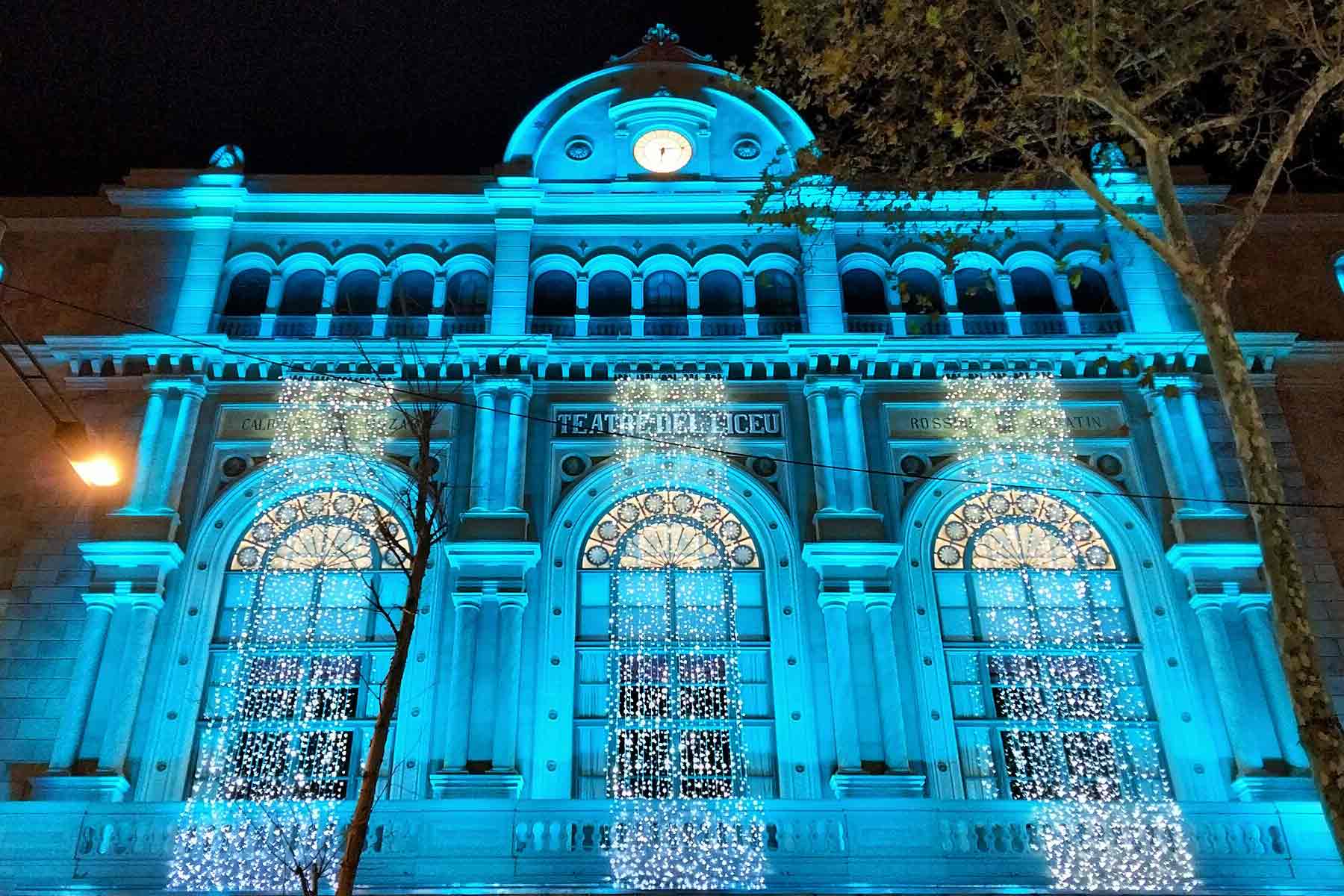
Opera House Barcelona – Gran Teatre del Liceu
The Gran Teatre del Liceu is an iconic cultural gem in the heart of Barcelona. This renowned opera house stands as a testament to the city’s rich cultural heritage. This place is not so popular among tourists, but it should be. Exploring the Liceu is a journey into the world of performing arts. The Liceu’s storied past, marked by both tragedy and triumph. Attending a show at the Liceu is not merely a cultural activity. It’s an opportunity to witness world-class performances in a venue that has echoed with the voices of opera legends.
Whether you’re a seasoned opera aficionado or a first-time visitor, exploring the Liceu is an invitation to immerse yourself in the enchanting world of theatrical excellence in the heart of Barcelona.
Opera House Barcelona
The Gran Teatre del Liceu, also known as Liceu, stands as a tribute to the region’s rich cultural past in the heart of Barcelona. Architect Miquel Garriga i Roca built it in 1847 with a capacity of 2,292 seats. The majestic opera building on La Rambla has been a focal point of Catalan life for generations. The theatre focuses on operas and ballet performances.
The Liceu is a world-renowned theater that has attracted the best artists, musicians, and audiences. The city’s art scene saw a watershed moment on opening night, marking a new era of cultural entertainment.
The Opera House in Barcelona can’t be mentioned without its importance in the evolution of Catalan society. The opera house is a hub for the Cercle del Liceu, a cultural and social society, to promote the arts. It’s location, near the Palau de la Música Catalana and the Teatre Principal, has created a vibrant cultural district in Barcelona’s heart.
History of the Gran Teatre del Liceu
The beginnings of opera in Barcelona go back to the Sociedad Dramática de Aficionados in 1837. This union of liberal, armed citizen militias established a musical conservatory. In 1838, it was renamed the “Liceo Filármonico Dramático Barcelonés” under the supervision of Queen Isabel II.
The success of the “Liceu Filármonico Dramátic” building inspired a group of leading residents to design a new opera house. They desired to construct a more magnificent opera building than would have been possible under royal administration. To fund this, they established a corporation that amassed profits from stock trading. The majority of the lodges were reserved by members of the “Societat de Propietaris,” the owners’ business.
After the building caught fire for the first time in 1861, it unfortunately caught fire once again, almost a century and a half later. A terrible fire ripped across the structure in January 1994, reducing much of the opera house to ashes. The death has caused great devastation not only within the community but also beyond.
However, the people of Barcelona were not ready to abandon the Liceu. The commitment to restoring this historic cultural institution was unshakeable. After five years of hard work, the Liceu building reopened in 1999 to the public.
The renovation of the Liceu into a modern, world-class opera and ballet facility was nothing short of astounding. The architects and artisans who worked on the renovation ensured that the hall of mirrors and other architectural marvels were preserved, keeping the Liceu’s ancient charm.
Barcelona Opera House Tour
Today, the great theatre of Liceu continues to offer world-class opera and ballet performances. Visitors can explore the building’s history, stunning interiors, and impressive restoration with a guided tour for approximately 30 minutes. The tours are in English and Spanish.
Gran Teatre del Liceu Tickets
The opera, dance, and music seasons span from September to July. You can check the website of Gran Teatre del Liceu to purchase the tickets and see the updated dates of performances and concerts.
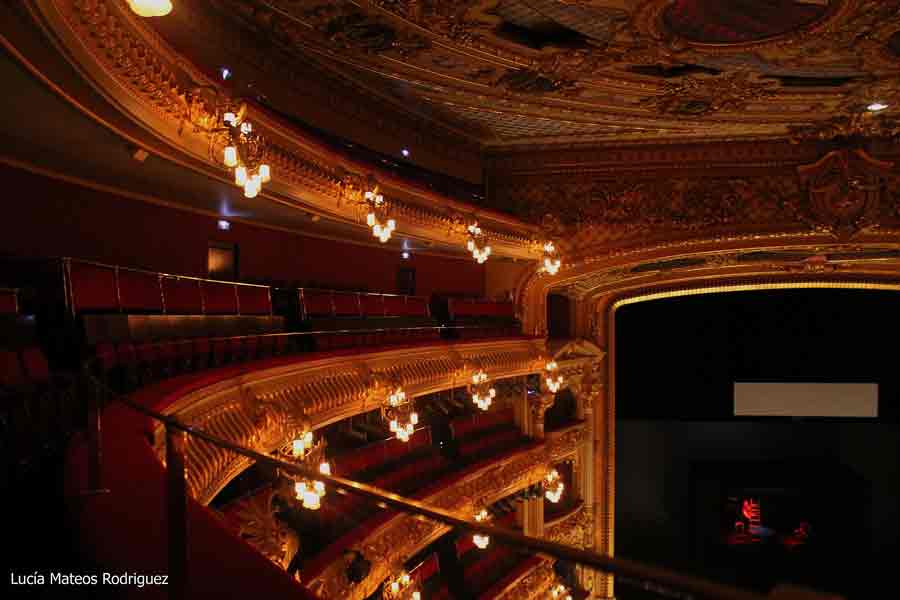
How to Get There?
To reach Gran Teatre del Liceu, you can take the V13 and 59 bus lines or the green metro line (Station Liceu). If you’re already on the famous street of La Rambla, you can just take a relaxing walk to reach the theatre. On your way there, you’ll explore a lot of different and original cafes, restaurants and markets.
You can find in on the map here.
Attractions Nearby the Opera House in Barcelona
If you are thinking what else to do after or before visiting the Liceu, you can check out the other attractions nearby. For example, you can check out the Mercat de La Boqueria or the Museum of History in Barcelona. Also, the Maritime Museum of Barcelona, the Museum of Contemporary Art, and the Aquarium of Barcelona are good choices.
What Else About Barcelona?
If you’re interested in learning more about the city, like finding the best churros or trying the best paella, feel free to check out our blog!

